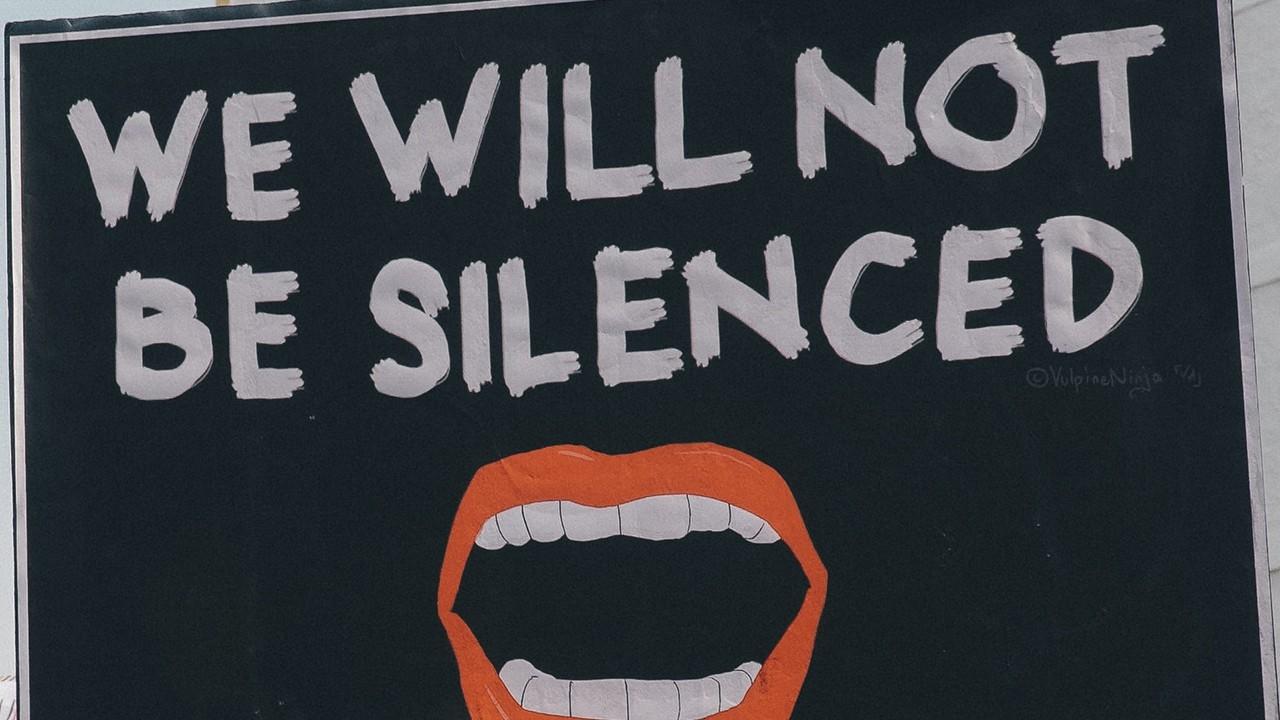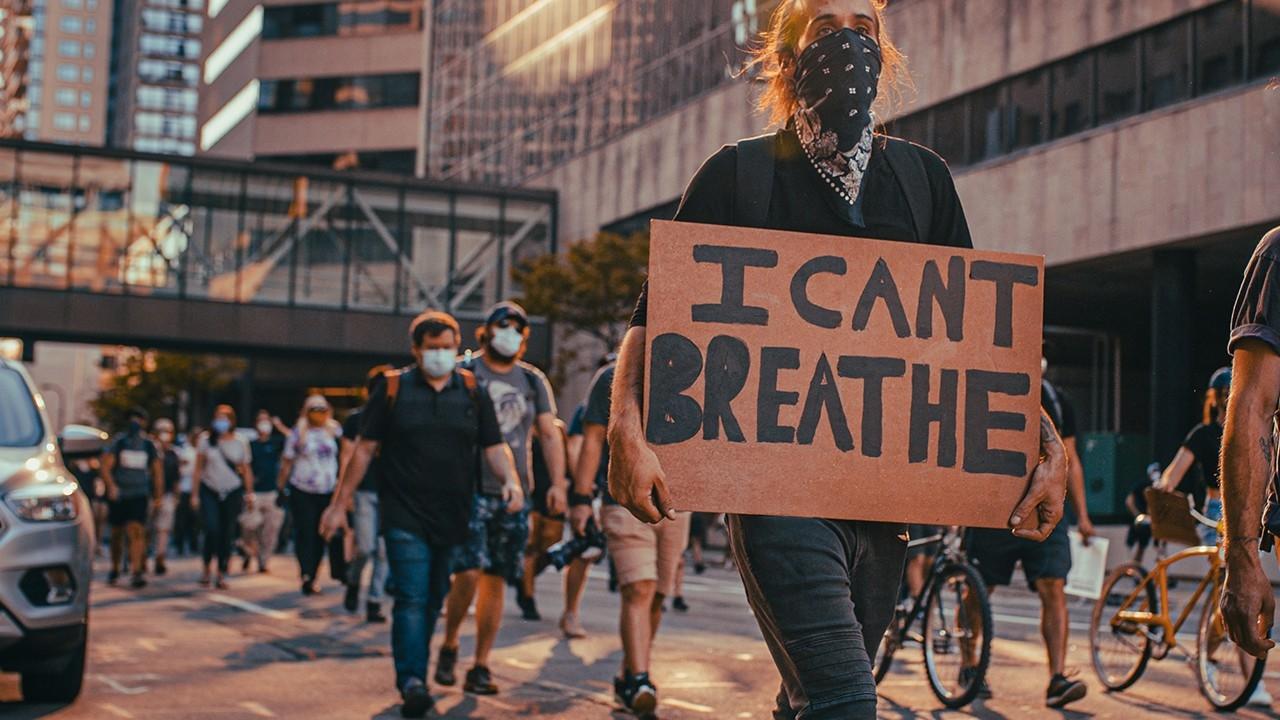What we can do to disrupt social hierarchies at work

Plaintiffs, courts, and employers tend to not see discrimination as a systemic problem, say the authors of Rights on Trial. Courts and employers tend to address discrimination individually. The result: a general commitment to the ideals of civil rights while delegitimizing workers claims and blaming victims — with a diluting of law, undermining of rights, and reproduction of hierarchy. Discrimination law is not intended to disrupt the authority of the managers in running the employer organization, which are overwhelmingly managed by the traditionally advantage social group in American society: white men.
Frivolous claims are a myth. While implicit bias is the more common form of discrimination, most instances of reported discrimination were not subtle. Still, the vast majority of potential grievants do not file with the EEOC or in federal court. “Only one in 100 potential African-American grievants filed a charge with the EEOC, and 13 in 10,000 potential African-American grievants fil...
The history of discrimination law in the U.S.

In 1966, when the EEOC started collecting data on the race and gender composition of workplaces, white men were overwhelmingly overrepresented in power positions. African American men and women and white women were dramatically underrepresented in them relative to their numbers in the labor force.
While Title VII of the Civil Rights Act of 1964 fostered some progress for white women, white men still retain power in the U.S. private sector workforce. Discrimination continues — and at an unchanged rate. There are major earning disparities between racial and gender groups. According to the authors of Rights on Trial, in 2014, median incomes were:
“Asian American men: $59,766
White men: $58,712
Asian American women: $48,419
White women: $44,236
African American men: $41,167
African American women: $35,212
Latino men: $35,114
Latina women: $30,289” (almost half of the median income for Asian American men)
Yet the early years of Title VII seemed promising. Back then, the Supreme Court fostered c...
